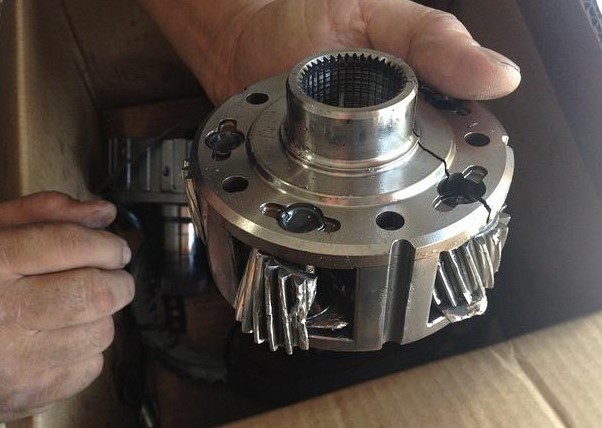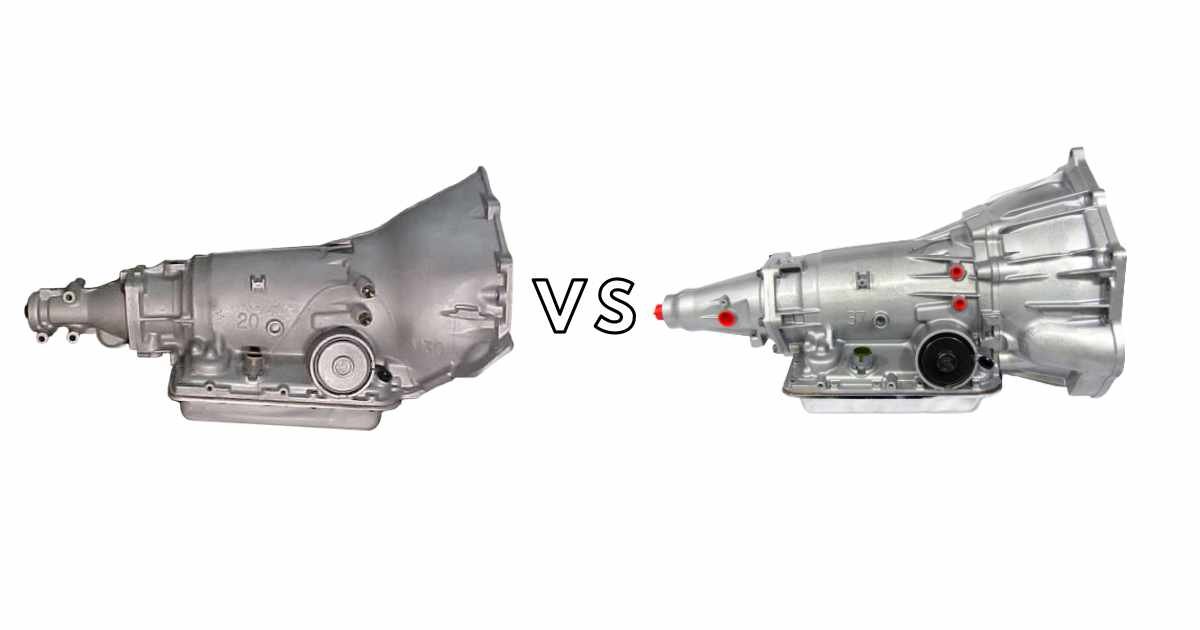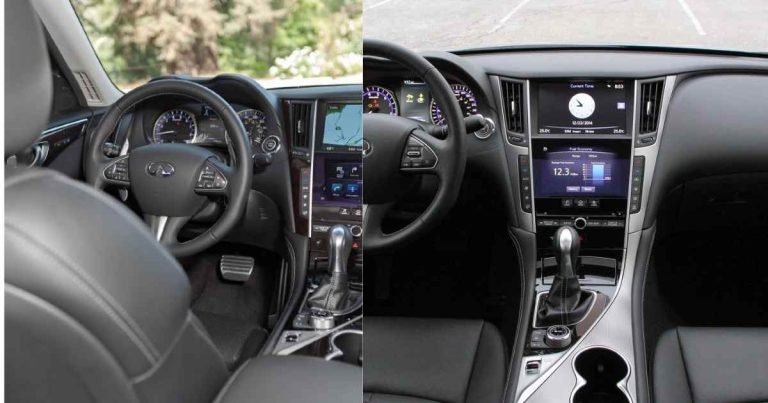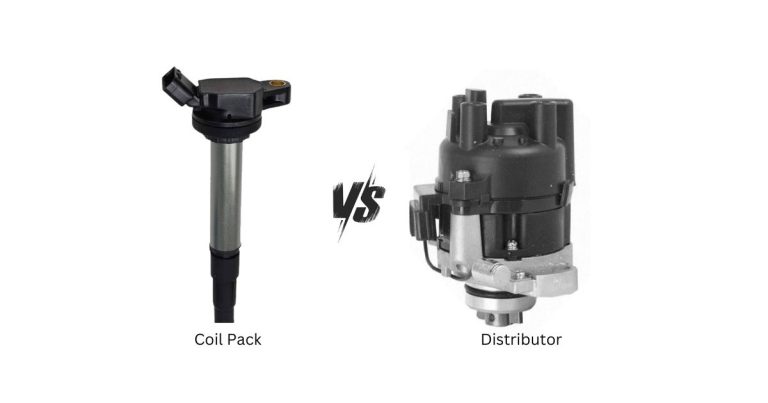4L60E Vs 4L70E Transmission: 6 Significant Similarities And Differences
Automatic transmission in vehicles has added many advantages over the years. From increasing fuel economy to improving vehicle performance, these transmissions have done some excellent jobs. However, when it comes to 4L60E vs 4L70E automatic transmissions, users like to know what makes them different from each other.
Though both 4L60E and 4L70E are used in General Motors vehicles and are similar in many ways, 4L70E is an upgraded version of 4L60E. Both of them have electronic control but the 4L70E transmission is more powerful, durable, and offers better performance. And while the 4L60E works well, the 4L70E is more reliable for heavy-duty vehicles.
Most of the differences between these two transmissions are internal, which makes it challenging for users to spot them from outside. That is why I have discussed all the necessary things regarding 4L60E and 4L70E in this article. So feel free to give it a go!
4L60E Vs 4L70E: Comparison Table
Here is the comparison table to help you understand the similarities and differences between the 4L60E and 4L70E transmissions:
| Features | 4l60e | 4l70e |
|---|---|---|
| Manufacturer | General Motors | General Motors |
| Type | Four-Speed Overdrive Automatic | Four-Speed Overdrive Automatic |
| Electronic Controls | Yes | Yes |
| Valve Body | Cast Aluminum (Standard) | Hard Anodized Aluminum (Upgraded) |
| Clutches | Standard | Upgraded |
| Weight (Dry) | 133-140 lbs. | 133-140 lbs. |
| Torque Capacity (Max) | 360 lb/ft. | 495 lb/ft. |
| Input Shaft | 30 Splines | 300m Alloy Steel, 30 Splines |
| Compatibility | 1993-2012 Vehicles | 2006-2014 Vehicles |
| Availability | Commonly available | Not widely available |
| Price | Comparatively less expensive | More expensive |
4L60E Vs 4L70E: Detailed Comparison
Wanna know more about these two automatic transmissions? Here are more details about them.
General Introduction/Launch
Both 4L60E and 4L70E are 4-speed automatic overdrive transmissions generally used in GM or General Motors vehicles. While the 4L60E was introduced in 1993, the 4L70E, an upgraded version of the 4L60E, was introduced in 2005. Both transmissions are electronic, which means they require a computer to control their operations.
Number/Letter Meaning
The 4 in both transmission’s names refers to the number of forward gears. As for these transmissions, it refers to “4-speed”. And the L stands for longitudinal. That means these transmissions are designed for rear-wheel drive vehicles.
The numbers after that (60 and 70) refer to their torque capacity ratings, which are 600 lb/ft for 4L60E and 700 lb/ft for 4L70E. And finally, the letter E at the end of both transmissions stands for electronic control.

Compatibility
The 4L60E automatic transmission is in many GM vehicle models, such as GMC, Chevrolet, Cadillac, and Pontiac. On the other hand, the 4L70E is usually found in 2006 to 2014 GM vehicles.
And since it is an upgraded version, this automatic transmission is more suitable for heavy-duty vehicles. Its higher torque capacity also makes it suitable for hauling or using in towing vehicles.
Weight And Maximum Torque
Both 4L60E and 4L70E transmissions weigh around 133 lbs. And while the 4L60E has a torque capacity of a maximum of 360 lb/ft, the 4L70E model has a maximum of 495 lb/ft torque capacity. However, this capacity can vary depending on the vehicle models, which also makes it suitable for various vehicles.
Performance
With a hydraulic torque converter, the 4L60E transmits power from the engine to the transmission. And its lockup torque converter feature engages at higher speeds to improve fuel efficiency. Moreover, it has an electronically controlled shifting mechanism, which allows the 4L60E transmission to shift smoothly when driving under various conditions.
And like the 4L60E, the 4L70E also uses a hydraulic torque converter and electronic controls to provide smooth shifts under different driving conditions. It also has a lockup torque converter, which improves fuel efficiency. The only difference it makes is that it performs better than the 4L60E transmission.
Drawbacks
As the 4L70E electric transmission is an upgraded model and a high-performer in many ways, it is challenging to find any drawbacks. But that cannot be said in the case of the 4L60E transmission. That is because its input shaft can break under heavy use and you might often face certain gear issues.
This issue is more common if you use the transmission in high-performance applications. That is why more people are drawn to the upgraded version. Also, explore the 2004 Toyota Highlander’s common problem here.
Frequently Asked Questions
Q. Are 4L60E and 4L70E the same?
The 4L60E changed its name to 4L70E as it was upgraded. And the 4L70E automatic transmission is more robust and efficient than the previous version.
Q. Can I use 4L70E instead of the 4L60E?
Yes, you can use the 4L70E as an upgraded version and replacement for the 4L60E transmission. However, your vehicle may need some modifications to accommodate something that is robust, and it also has a higher torque capacity.
Q. What vehicles are compatible with 4L60E and 4L70E transmissions?
The 4L60E was used in a wide range of GM vehicles from 1993 to 2012, such as passenger cars, SUVs, and trucks. And the 4L70E is also used in GM vehicles, but from 2006 to 2014 models, which are generally heavy-duty and higher-performance vehicles.
Q. Are the 4L60E and 4L70E interchangeable?
Generally speaking, the answer is no. However, depending on your vehicle’s model, build quality and capacity, some adjustments can be made to make that possible. They must also have the same GM parts numbers. But it is best not to replace the part if your vehicle is not compatible with it.
Q. Between 4L60E and 4L70E transmissions, which one is more expensive?
The exact cost of the transmissions depends on their specifications and the availability of the parts. However, as the 4L70E is an upgraded and better-performing version, it naturally costs more.
Conclusions
So, what’s the conclusion you have drawn from this 4L60E vs 4L70E transmission comparison article?
As you have learned already, both these transmissions appear the same from the outside, as the differences are internal. While the 4L60E transmission is excellent, reliable, and cost-effective, the 4L70E is an upgraded version that offers higher and more durable performance with its robust materials. On top of that, it is also more expensive.
Nevertheless, if your intention is to ensure better torque and durable performance, you can choose the 4L70E electric transmission over the 4L60E one. Still, discussing everything with someone professional before making your final call would be best.







